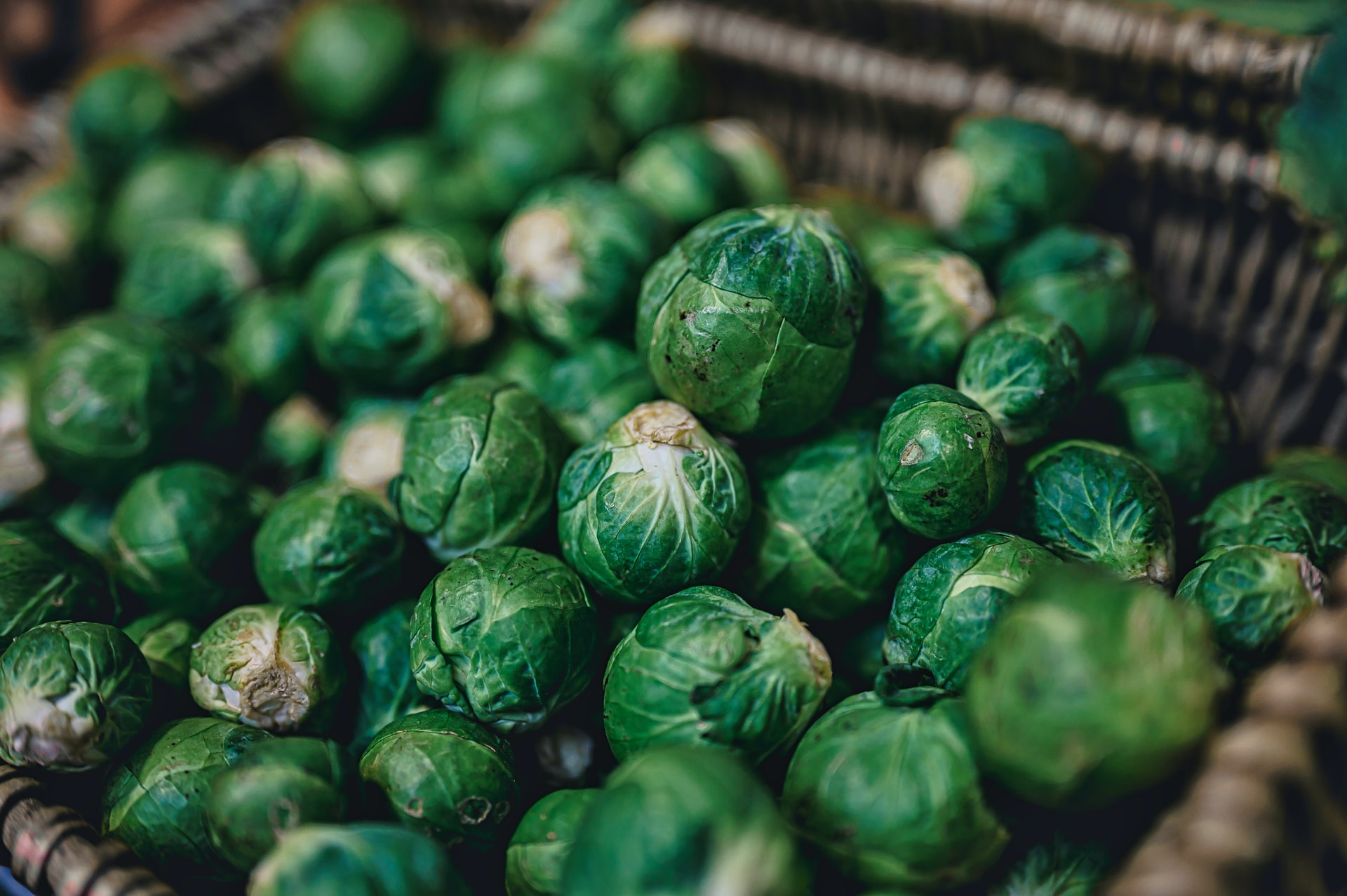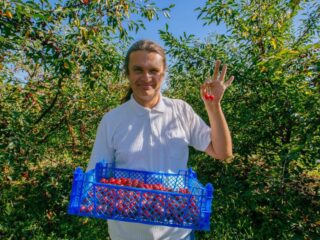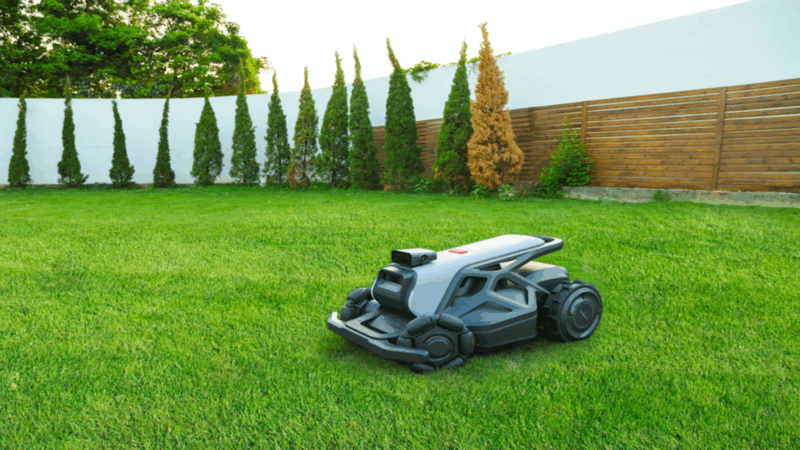
Brussel sprouts grow well in the home garden. They are an excellent source of vitamin C and beta carotene. Because of their intense flavor some people consider them to be an acquired taste, but Brussel sprouts can easily become a favorite vegetable if introduced early enough during childhood.
Brussel sprouts do best in full sun and fertile soil enriched with well rotted manure or compost. Inoculating the seed before sowing will encourage growth of nitrogen fixing bacteria which will provide additional nitrogen for a healthy crop.
Sow Brussel sprout seeds one inch deep and twelve inches apart in rows spaced at least three feet apart. The seeds have a short germination period. They may sprout in as little as seven days with temperatures above fifty degrees Fahrenheit. Young seedlings should be thinned so they are at least three inches apart.
How to keep Bugs off Brussel Sprouts
Brussel sprouts are an excellent source of vitamin C and beta carotene. They grow best in full sun and well irrigated soil that is rich with well rotted manure or compost. Brussel sprout seed can be inoculated with rhizobacteria to provide additional nitrogen to the garden soil.
Brussel sprouts can be harvested throughout the season. The mature plant will have yellow flowers. It is important not to harvest any of these flowers in order to encourage continued growth in the plant. Many gardeners choose to remove the lower leaves of the Brussel sprout when they are young so that more light will reach higher branches.
What are Brussel sprouts and where do they come from?
Brussels sprouts are a cabbage family plant with edible green buds that resemble miniature cabbages. They enjoy mild, temperate climates and only grow during the autumn months in regions where winters are very cold.
They originated from wild cabbage plants which grew along the coast of the Mediterranean Sea. They have been cultivated for over 2000 years and were mentioned in ancient Roman texts as a medicinal plant and as an important food source for the local people.
Brussels sprouts plants remain short and tight to the ground until cold temperatures begin to set in during autumn months, at which time they will flower and release seeds.
How to grow Brussel sprouts in your garden
Brussels sprouts are a member of the cabbage family, which are cool weather plants that grow best when nights are between 45 and 50 degrees Fahrenheit. Most gardeners plant them in late summer or early fall months when soil temperatures remain above fifty degrees.
Sow seed one inch deep in fertile soil enriched with well rotted manure or compost. Thin seedlings to at least twelve inches apart. If you thin them by pulling them up or cutting them with garden shears, take care not to damage the lower leaves as these will produce energy for the plant.
What to do with all the Brussel sprouts you’ll harvest
Brussel sprouts are a good source of vitamin C and beta carotene. They make a delicious soup or can be added to a winter vegetable medley with potatoes, carrots and rutabagas.
Recipes for cooking Brussel sprouts:
Ingredients: 8 cups water; 2 pounds Brussel sprouts; 1 onion, chopped; 3 celery ribs, sliced; 2 carrots, peeled and chopped; 1 tablespoon parsley flakes; Salt and pepper to taste.
Directions: In a large saucepan bring the water to boiling. Cut the Brussel sprouts into halves or quarters and add to boiling water. Boil for 5 minutes, drain well and return to the saucepan. Add onion, celery, carrots and parsley flakes. Season with salt and pepper if desired. Bring to a boil reduce heat cover
Tips for harvesting and storing Brussel sprouts
Harvest Brussel sprouts when they are firm and bright green in color. If left on the vine too long, they will develop a yellowish tint. Although Brussel sprouts can be eaten at any size, most people prefer to use them when they are one to two inches in diameter.
Brussels sprouts should be gathered before the first light frost kills the leaves. Remove any damaged outer leaves and store them in a plastic bag in your refrigerator’s vegetable crisper. They can be kept for up to two weeks.












